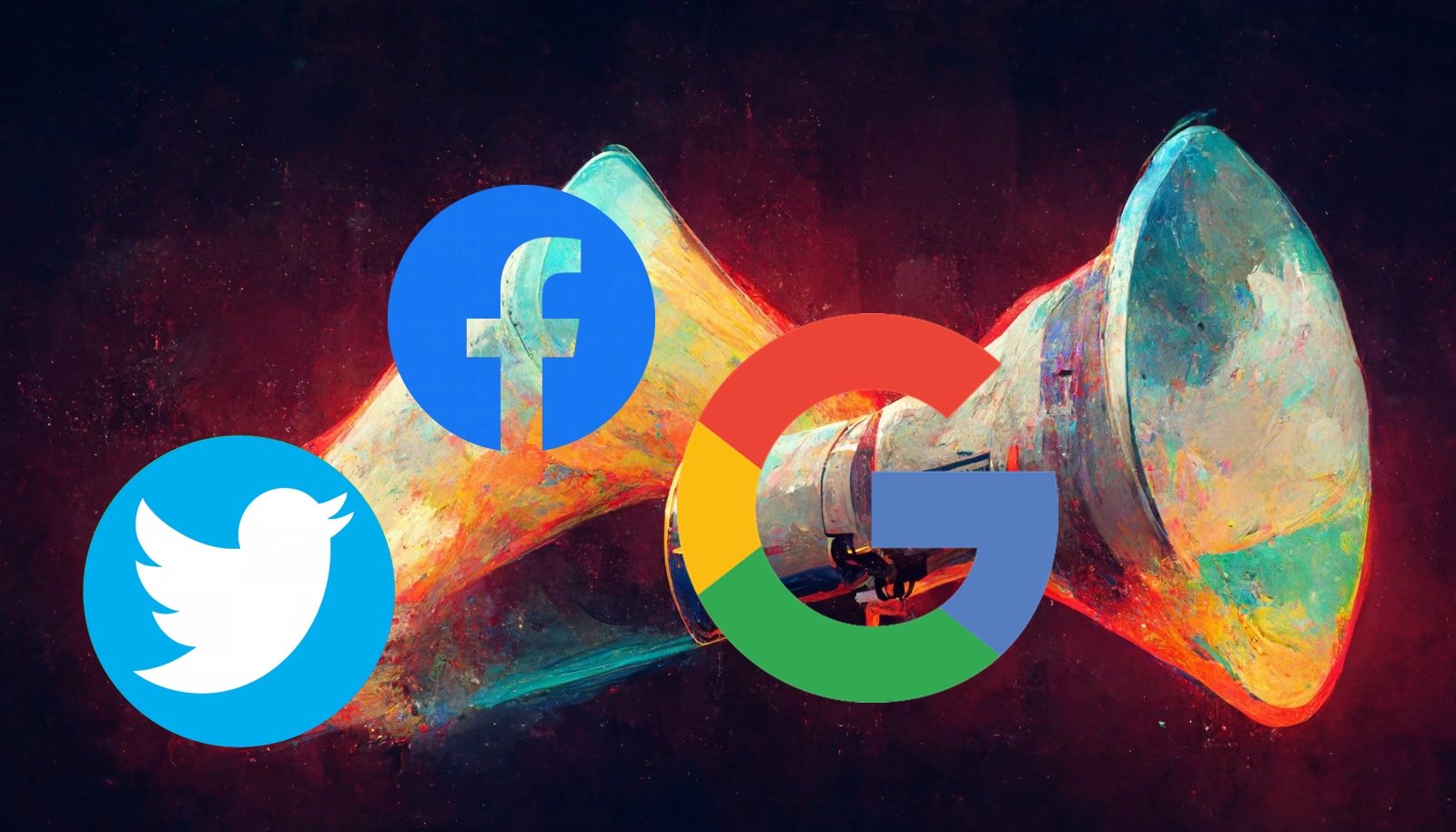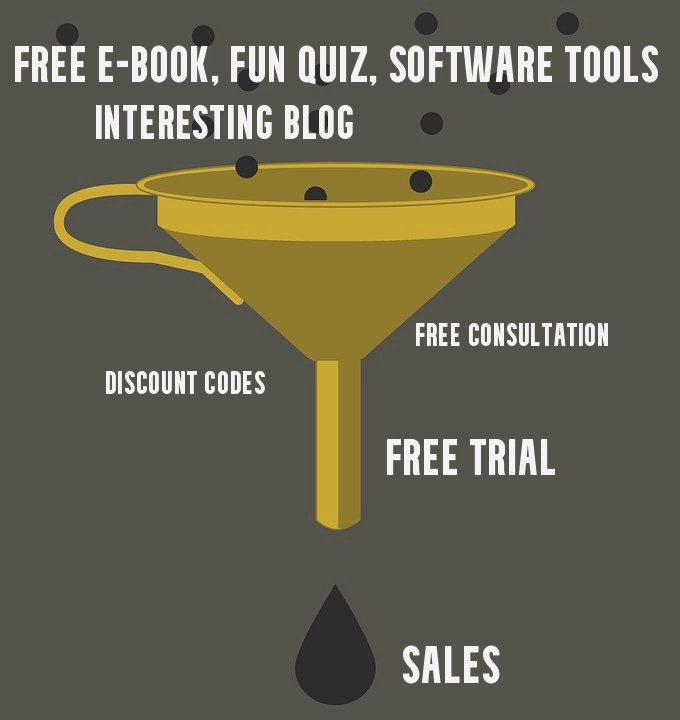Online Paid Advertising: Is it Worth it?
Introduction
There are a lot of different opinions out there when it comes to paid ads. Some people swear by them, while others say they are a waste of money.
So, what is the truth? Is paying for ads worth it? This blog will take a look at the pros and cons of paid advertising, and hopefully by the end, you will have a better idea of whether or not it is right for your business.

What are paid ads or PPC?
Pay-per-click (PPC) advertising is a type of online advertising in which advertisers display adverts on their websites and are charged a fee each time a user clicks on one of their ads.
The aim of paid ads is to drive traffic to a website or landing page with the ultimate goal of generating sales or leads.
Paid ads are a popular and effective way to reach out to potential customers online. However, as with all forms of marketing, there are some pros and cons to using paid ads.
Pros
Paid advertising is a great way to reach a larger audience than you would through organic means.
Paid advertising, when done correctly, are also a cost-effective approach to create leads and revenue. Furthermore, you may track and measure your outcomes to determine the effectiveness of your efforts.
You can target your ads to a specific audience, based on factors such as age, location, gender, and interests.
Cons
Paid ads can be a great way to reach new customers, but they can also be a costly investment if you're not careful.
Make sure you do your research and understand the basics of setting up and managing a campaign before you dive in.
Keep in mind that paid ads require ongoing effort and regular monitoring to be effective, so be prepared to commit the time and resources necessary to make it work.

The basics of effective paid ads
1. Define your goals.
Before you even start planning your paid ads, you need to know what you want to achieve with them. Are you looking to generate awareness for your brand? Drive traffic to your website? Increase sales? Once you know what your goals are, you can start planning your campaign accordingly.
2. Research your audience.
Who are you trying to reach with your paid ads? What are their needs and wants? What motivates them? The more you know about your target audience, the better you'll be able to craft an effective ad campaign that resonates with them.
3. Choose the right platform.
Not all paid advertising platforms are created equal. You need to choose the one that makes the most sense for your business and your goals. For example, if you're looking to reach a large audience, then a platform like Facebook or Google might be a good choice. But if you're trying to reach a more niche audience, then a platform like LinkedIn might be a better option.
4. Create compelling ads.
Your ads need to be eye-catching and engaging if you want people to actually click on them. But, they also need to be relevant to your target audience and your overall campaign goals. Take some time to brainstorm creative and compelling ad copy that will grab attention and get results.
5. Test, test, test.
Never just assume that your ads are performing as well as they could be. Always test different versions of your ads to see which ones are getting the best results. Try different images, headlines, and call-to-actions to see what works best. And, don't be afraid to experiment with different ad types to see what performs best for your specific goals.
6. Monitor your results.
Once your ads are up and running, you need to keep an eye on your results to see how they're performing. Are people clicking on your ads? Are they taking the desired action? If not, then you need to make some changes to your campaign. Regularly monitoring your results will help you optimize your ads for better performance.
Paid advertising can be a great way to achieve your marketing goals. But, it's important to be strategic about it if you want to get the most out of your investment. By following these tips, you can create an effective and successful paid ad campaign.
Using client funnels as part of your paid advertising strategy.
Setting up a client funnel is a great way to increase your chances of closing new clients. By creating a series of steps that your potential clients must go through in order to work with you, you can better qualify leads and increase your conversion rate.
The first step in creating a client funnel is to identify your ideal client. Who are they? What do they do? What are their pain points? Once you know who you're targeting, you can create a funnel that's tailored to them.
The next step is to create a lead magnet. This is something that you offer for free in exchange for your potential client's contact information. It could be a white paper, an eBook, a webinar, or anything else that would be valuable to your target client.
Some ideas for you to consider
- A quiz to find out which type of product is best for the reader
- A free e-book on the reader's favorite topic
- A webinar on a hot topic in the industry
- A free trial of your product or service
Once you have your lead magnet, the next step is to create a landing page where people can sign up
to receive it. Your landing page should be designed to convert, with a strong headline, persuasive
copy, and a clear call-to-action.
A common method is to have a landing page that is different from the rest of the site.
It will contain fewer links than normal, so users will be less likely to be sidetracked from your call to action.
For example this page will not have your usual nav bar at the top and only a handful of clickable links or buttons.
Once you have your landing page set up, the next step is to drive traffic to it. You can do this through paid advertising, social media, guest blogging, or any other method that gets your target clients to see your offer.
Once people have signed up for your lead magnet, they enter your funnel. From there, you can start to nurture your leads with more targeted content. This could be more in-depth blog posts, an email course, or even a free trial of your product or service.
The goal of your funnel is to eventually close new clients. By providing value at every step and nurturing your leads, you can increase your chances of conversion. By creating a client funnel, you can make the entire process more efficient and effective.

TL;DR
Paid advertising can be a great way to reach a larger audience, target your ads to a specific audience, generate leads and sales, and track and measure your results. However, paid ads can also be a costly investment if you're not careful.
Make sure you do your research and understand the basics of setting up and managing a campaign before you dive in.
The main points are that you need to define your goals, research your audience, choose the right platform, create compelling ads, test different versions, and monitor your results.
A client funnel is a great way to increase your chances of closing new clients. By creating a series of steps that your potential clients must go through in order to work with you, you can better qualify leads and increase your conversion rate.
We are a South African software start up, and would appreciate a Share of this information if you found it helpful <3
Share on Share onTweets by puzzlcat